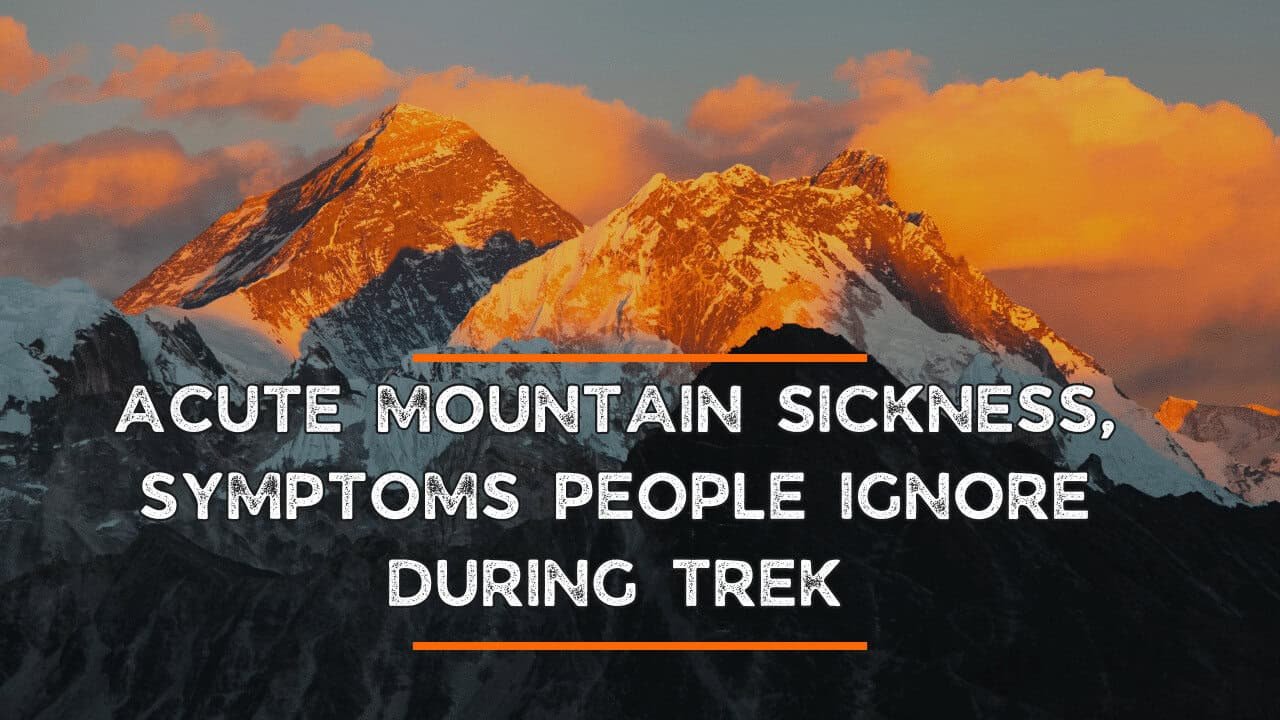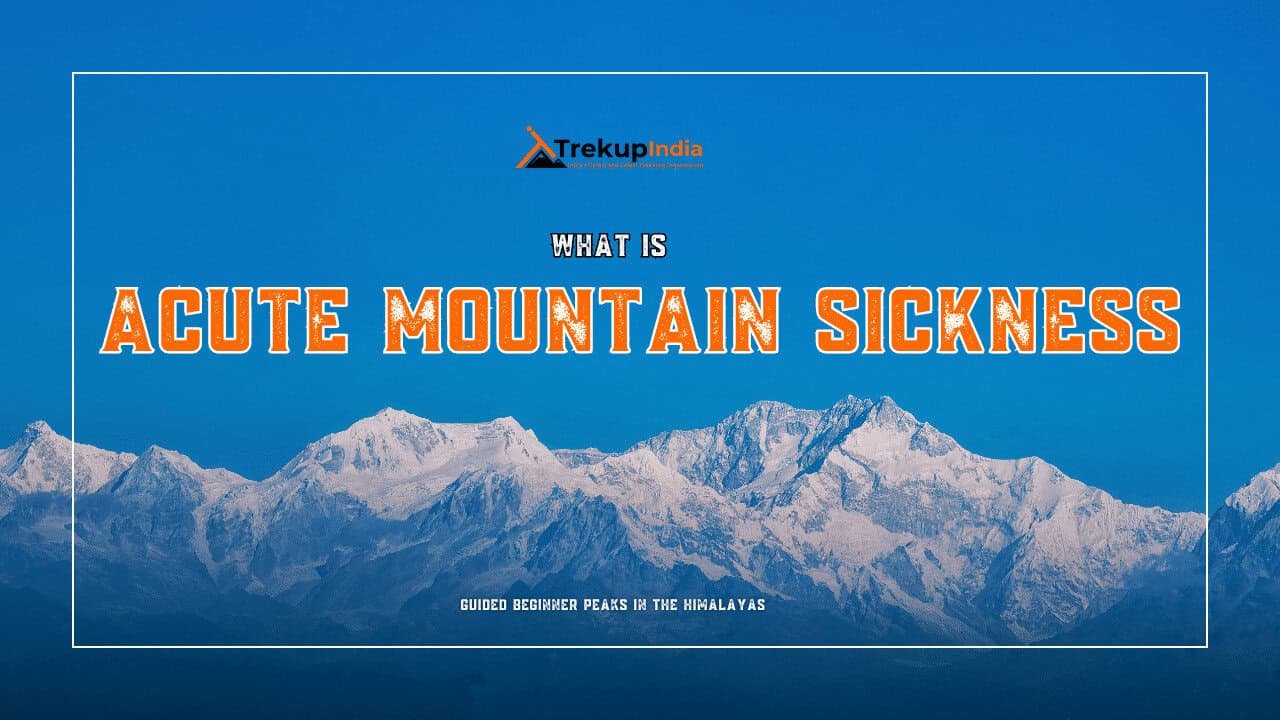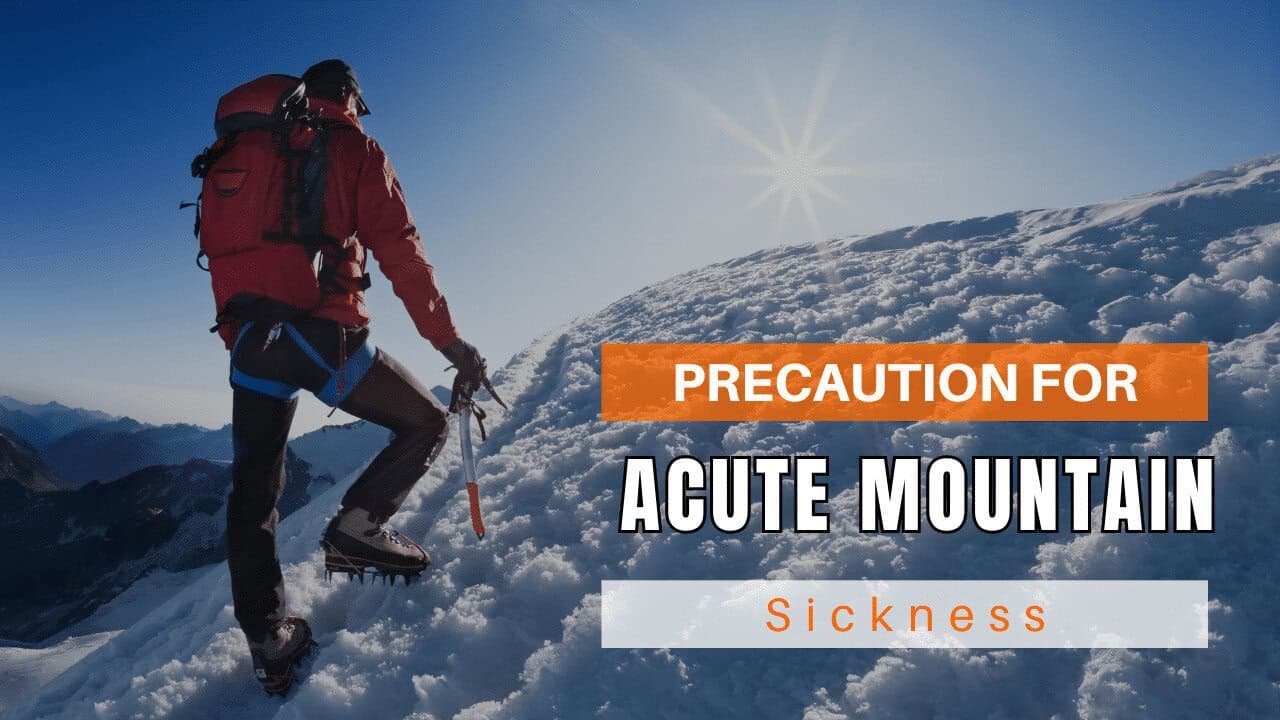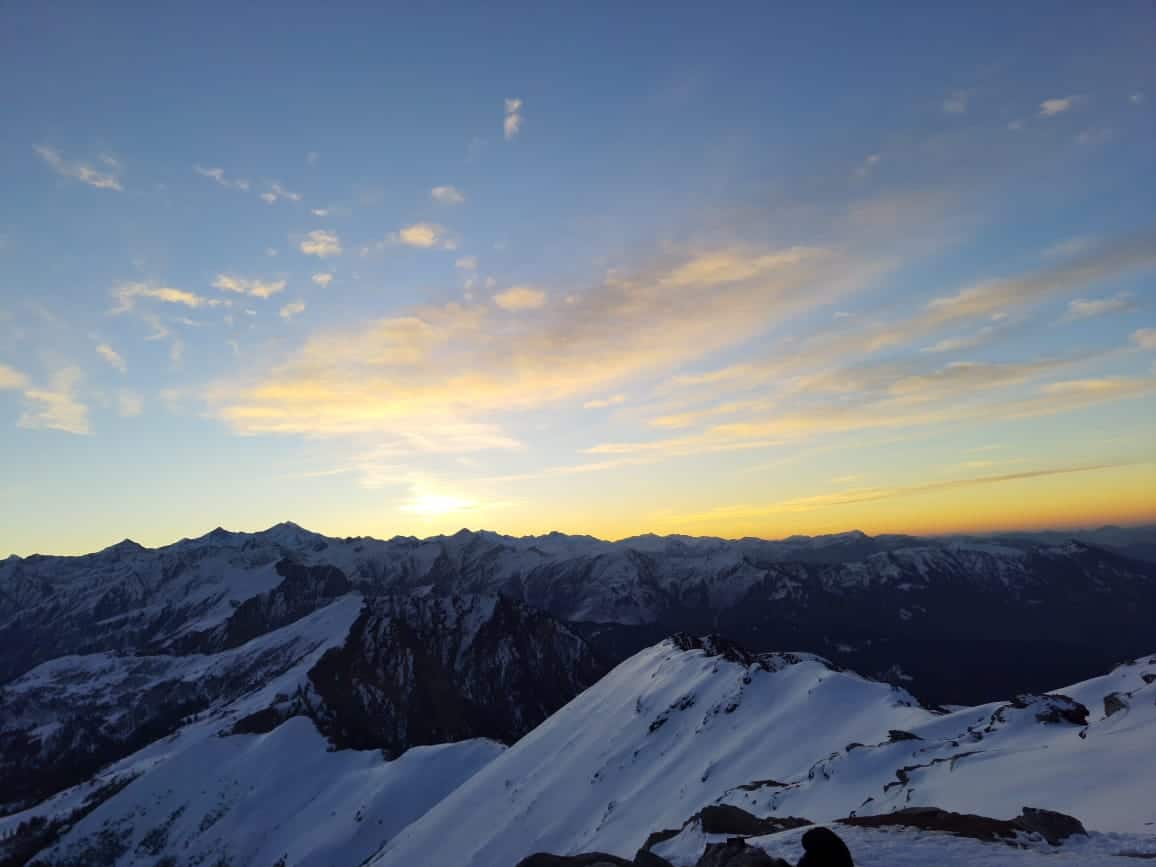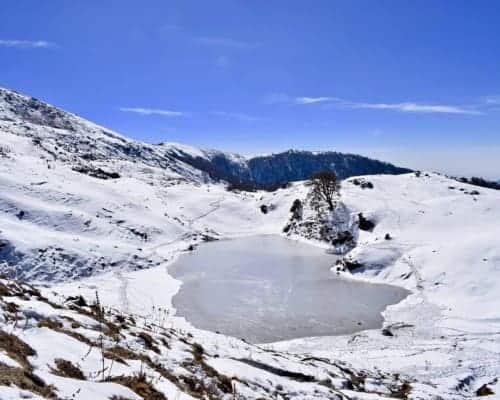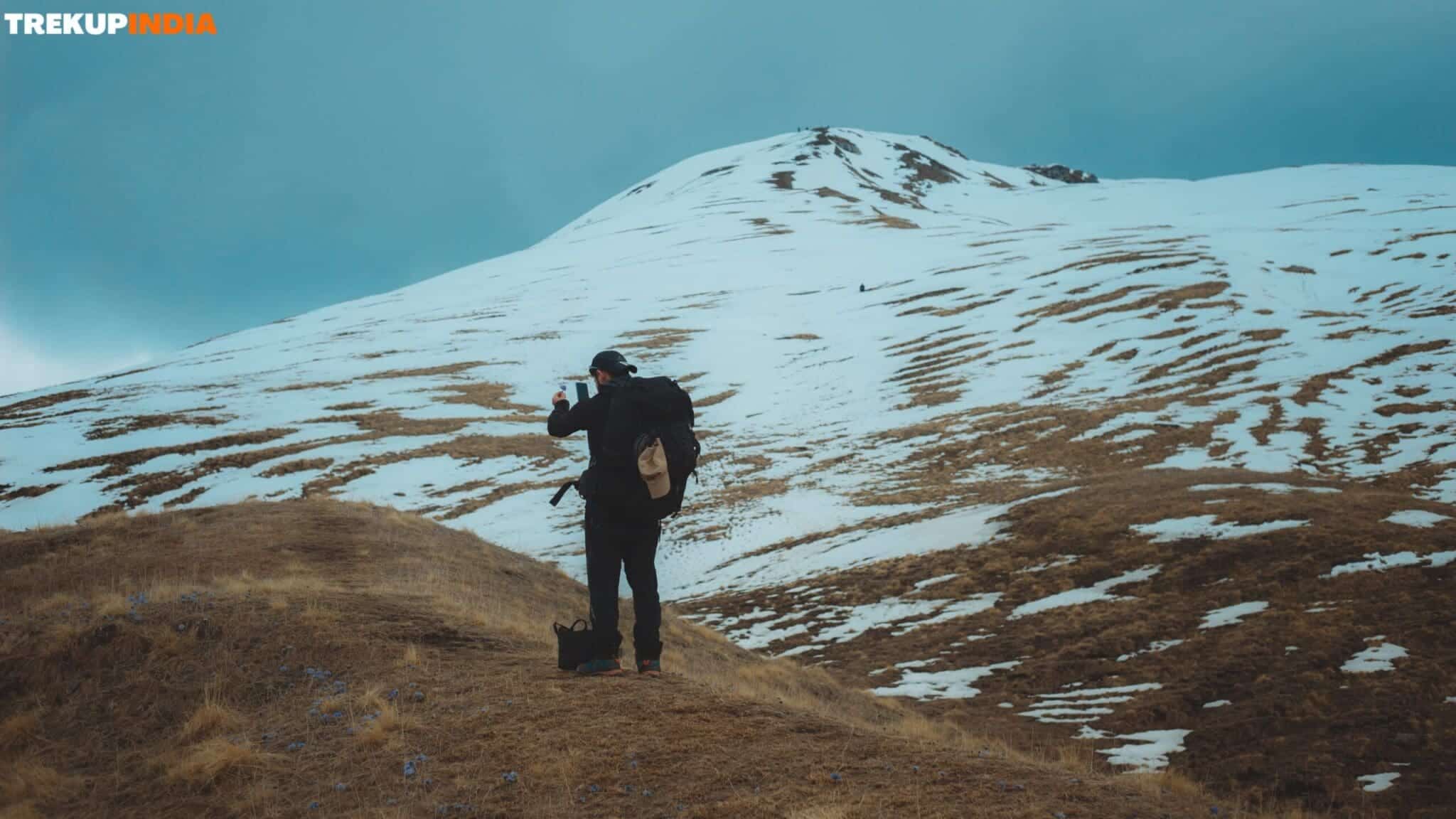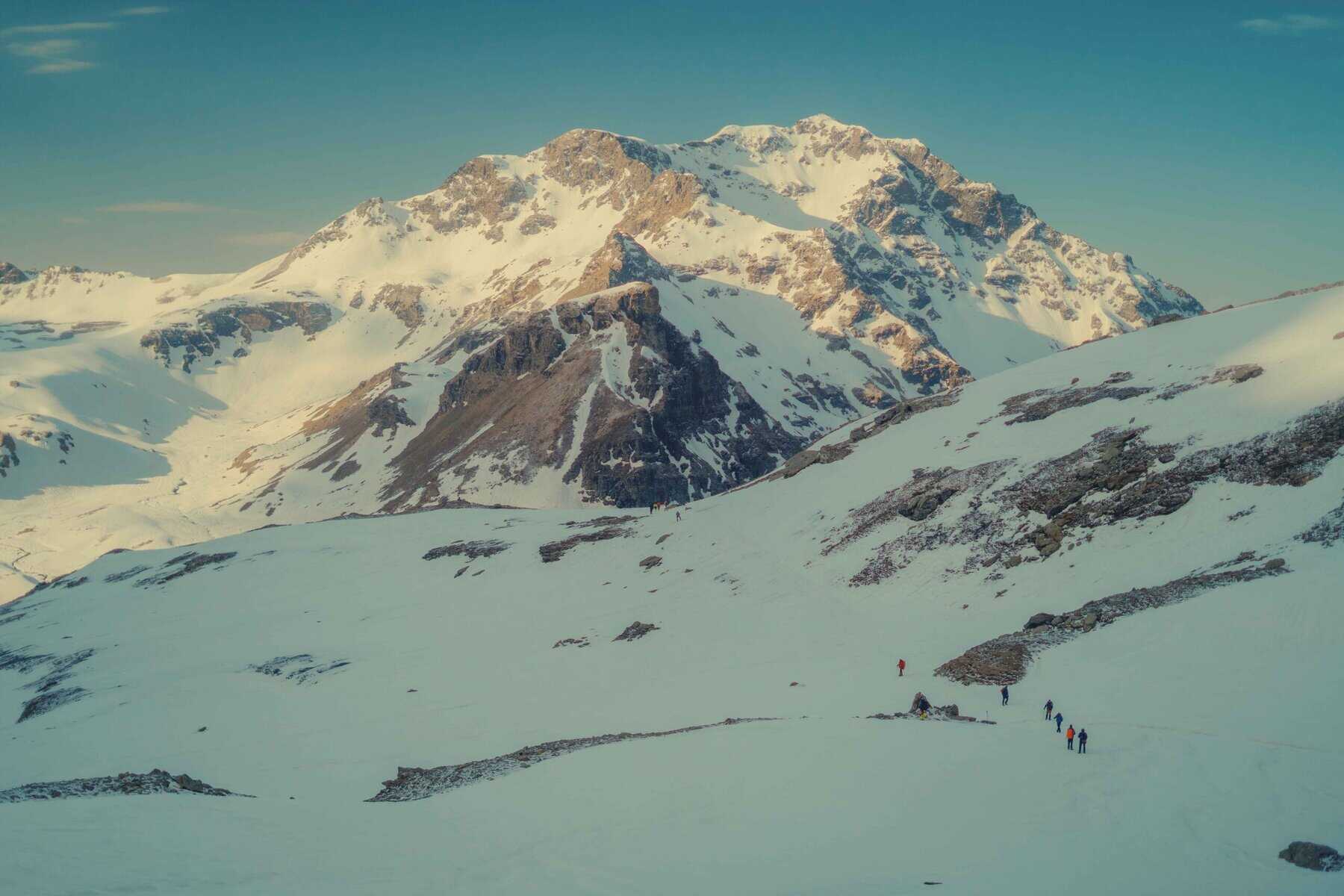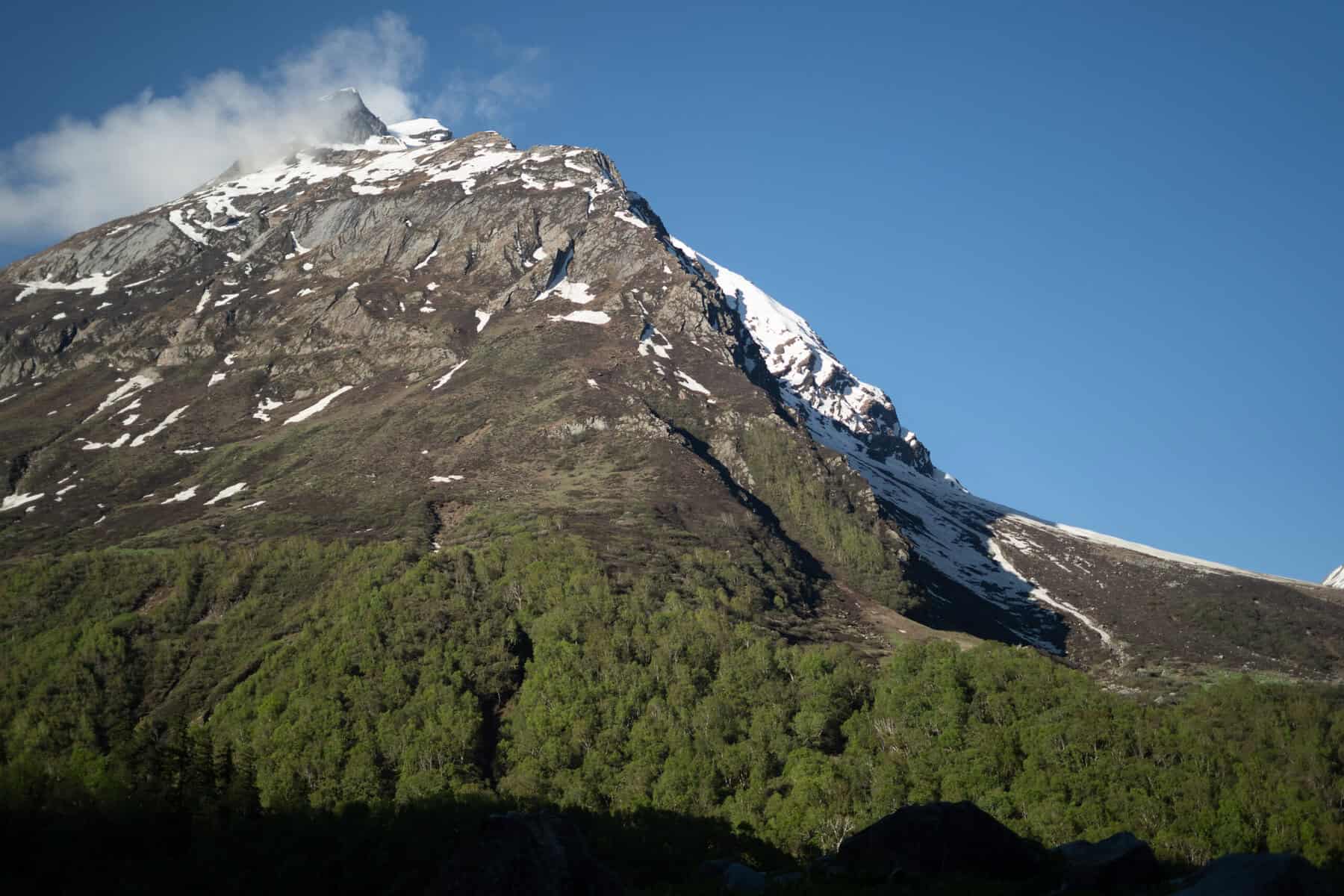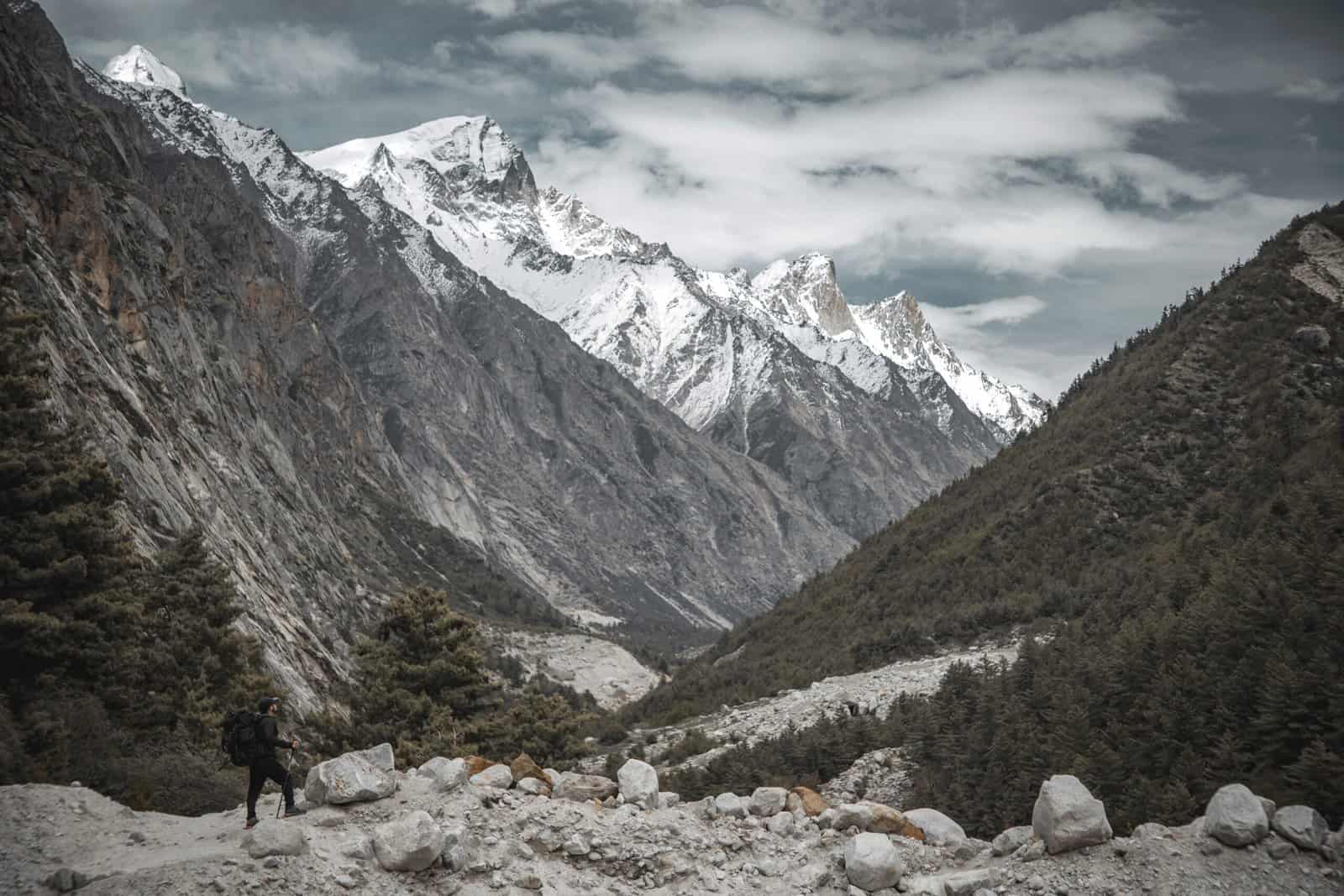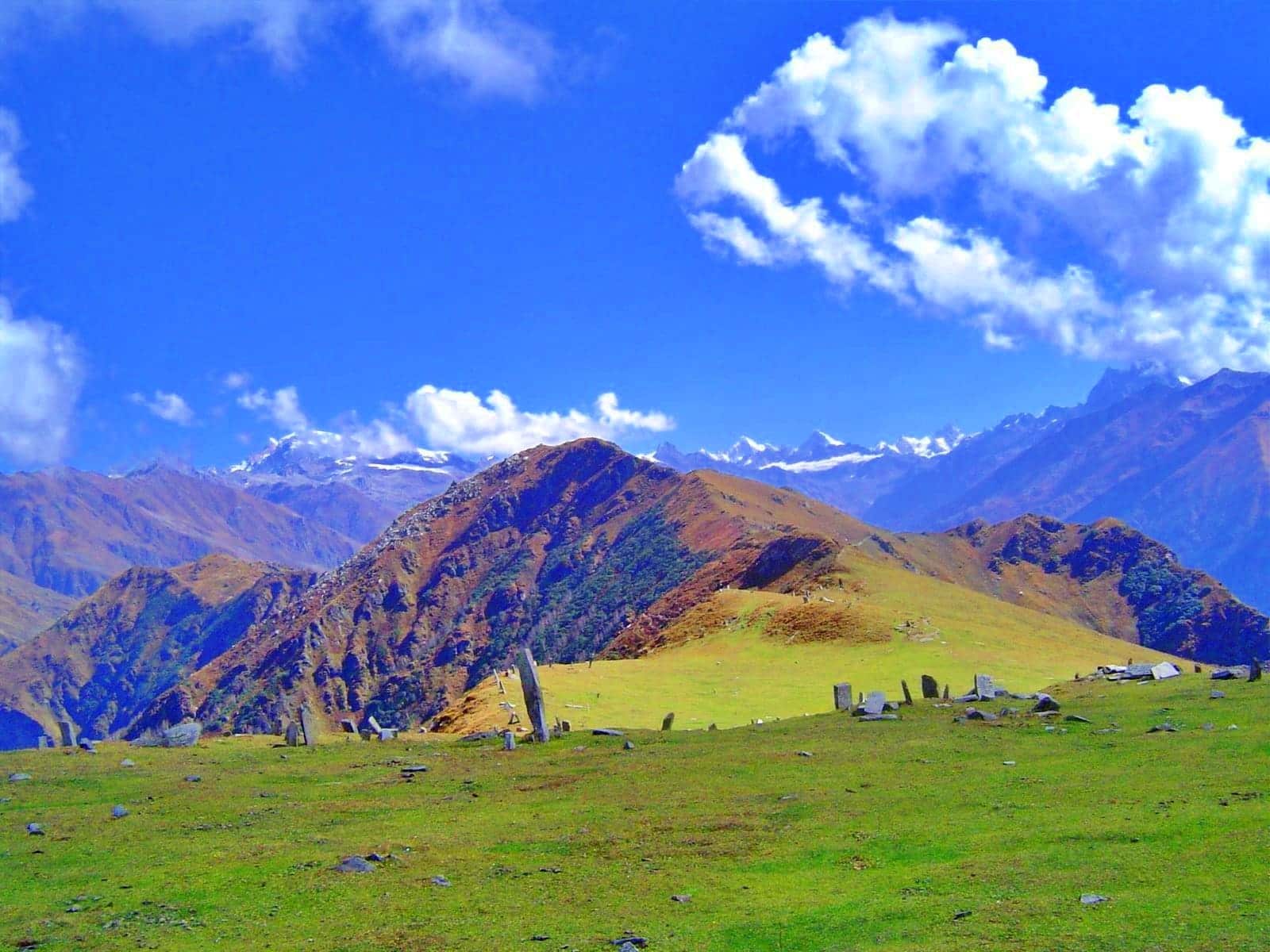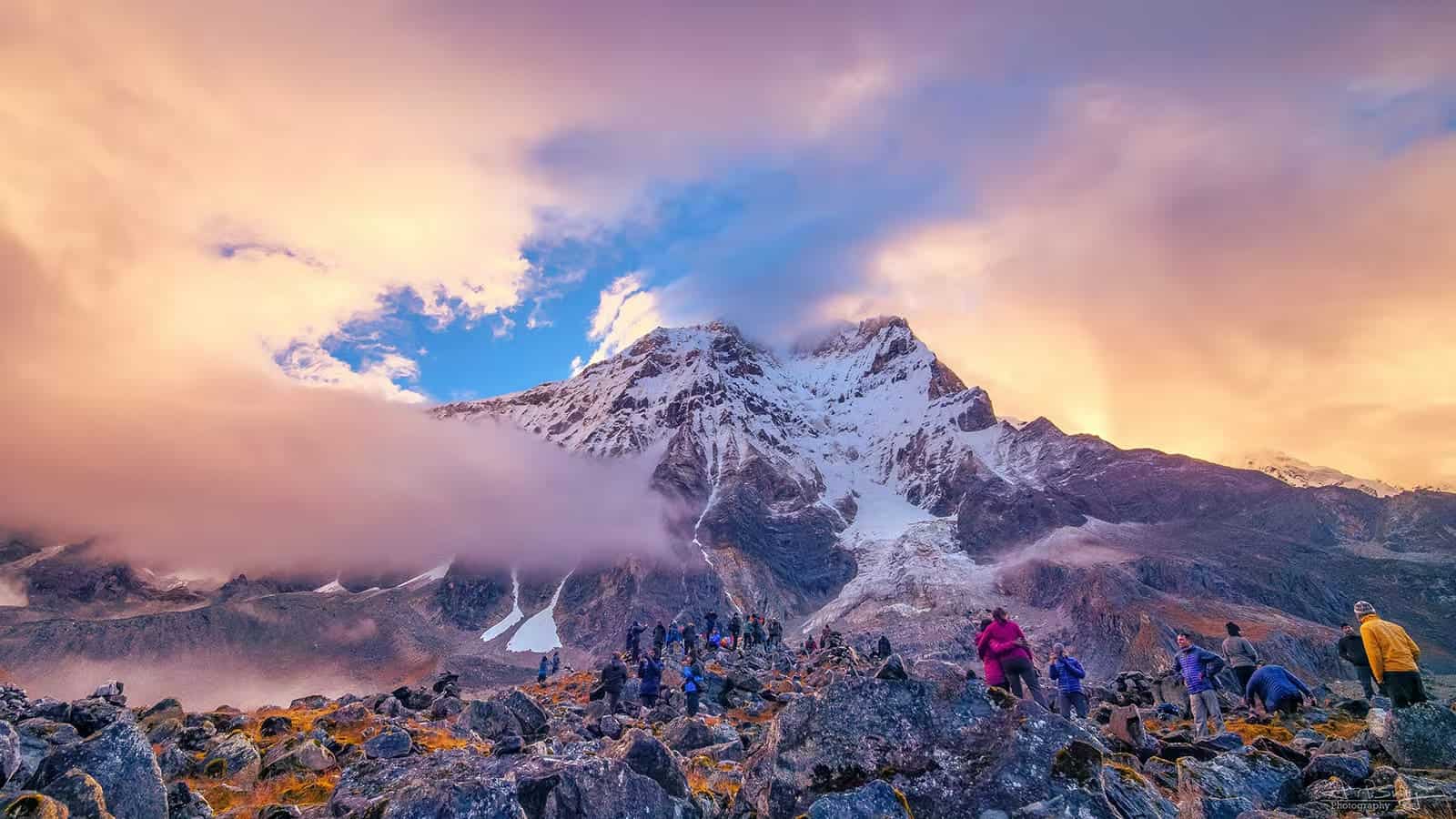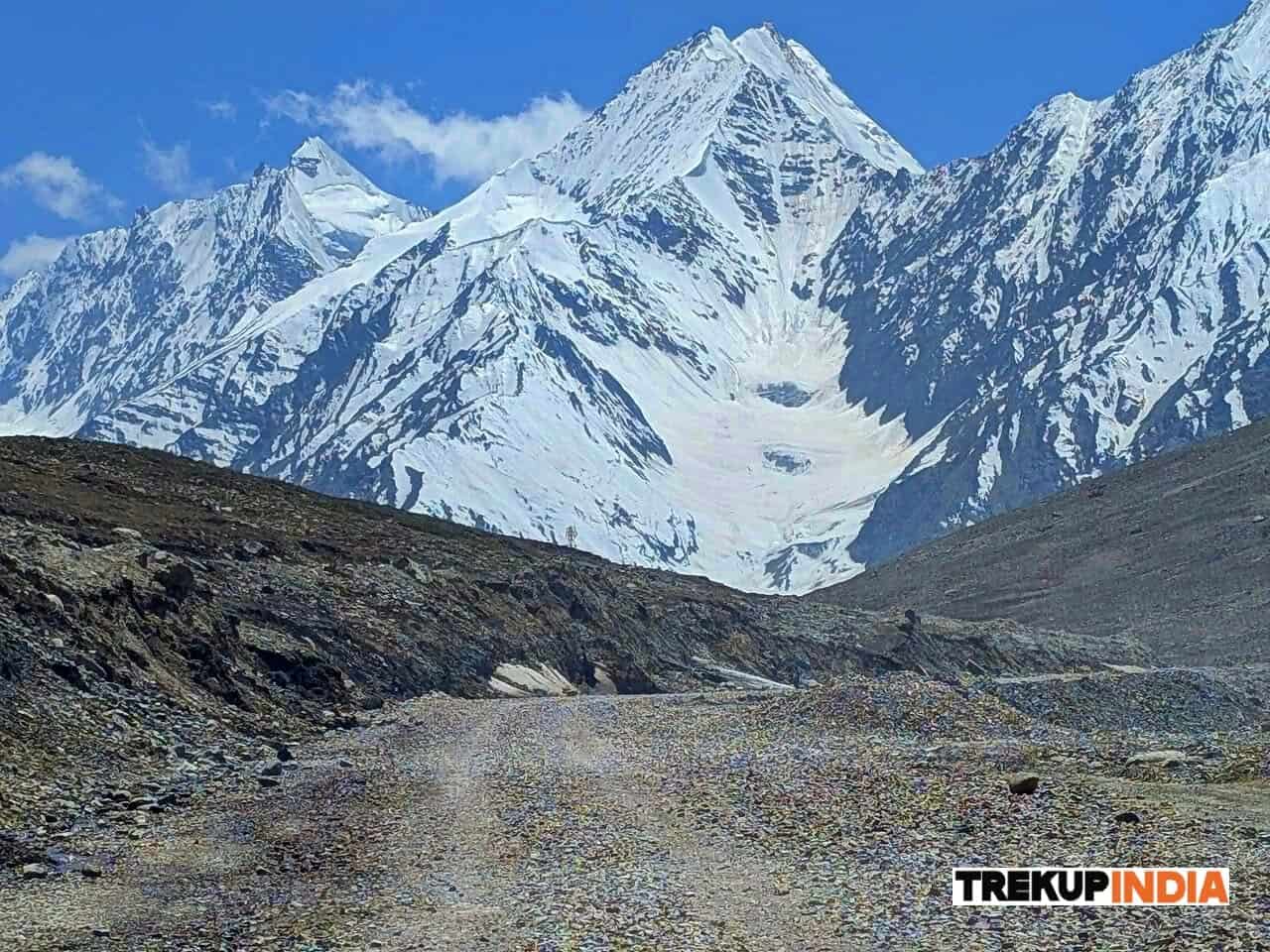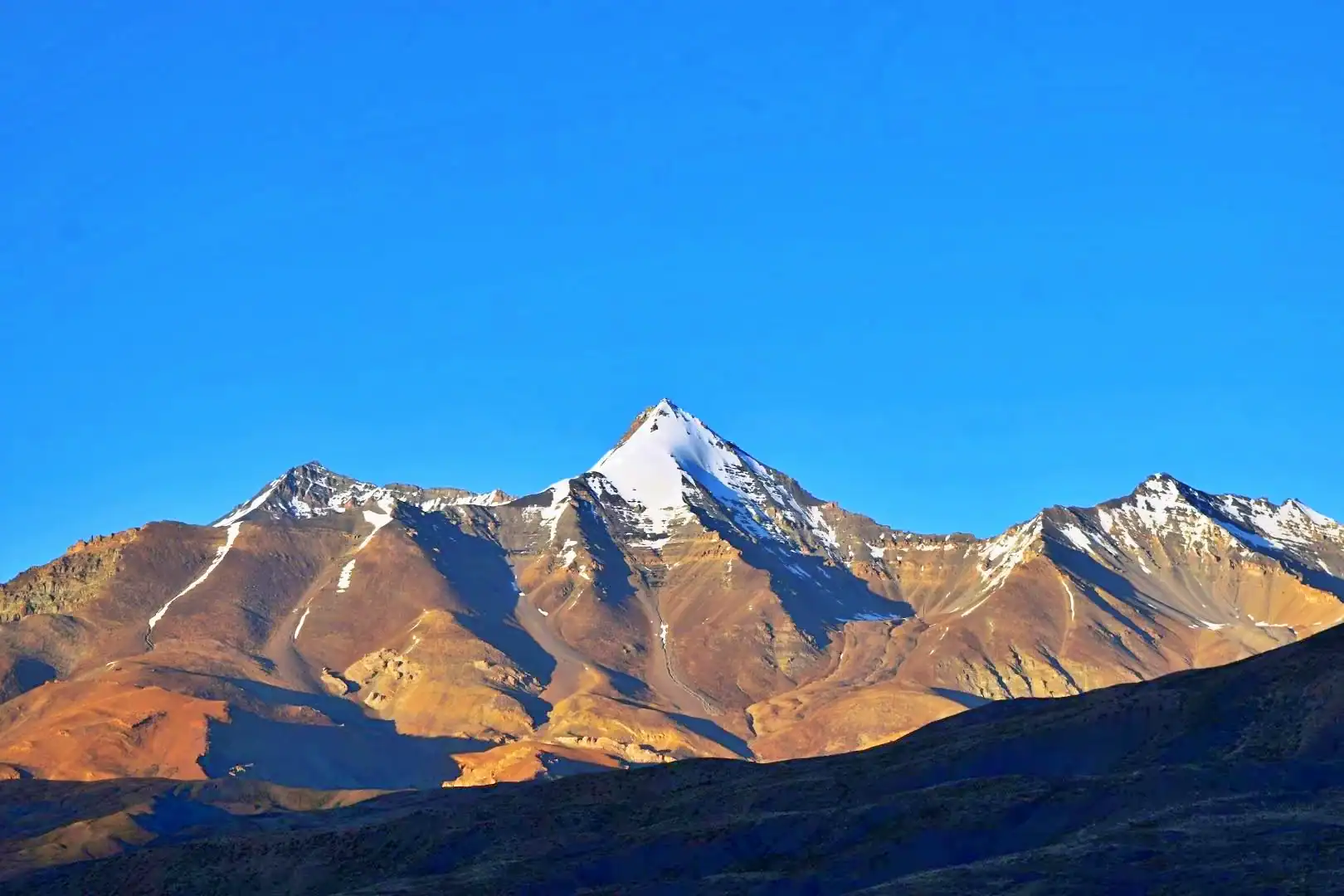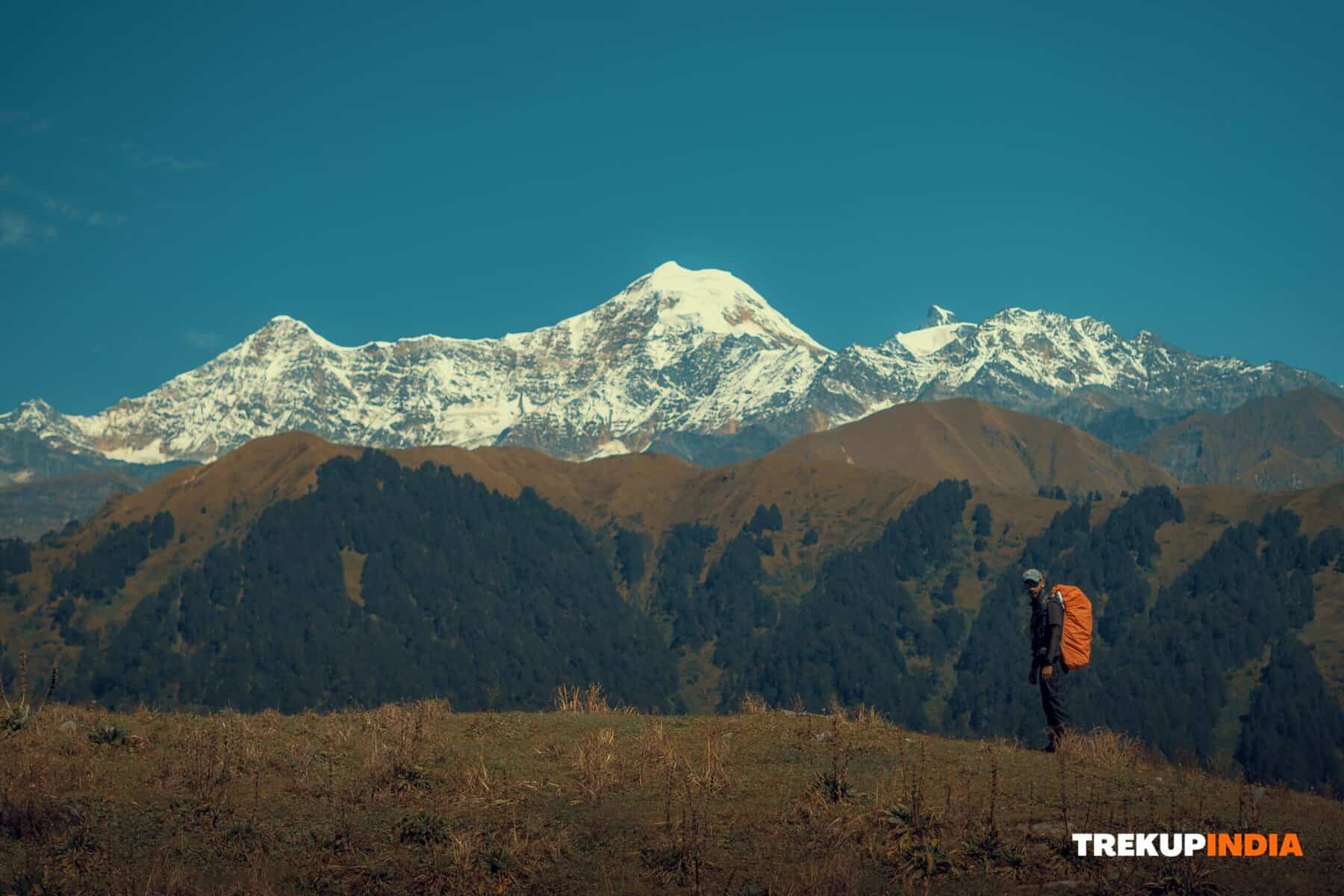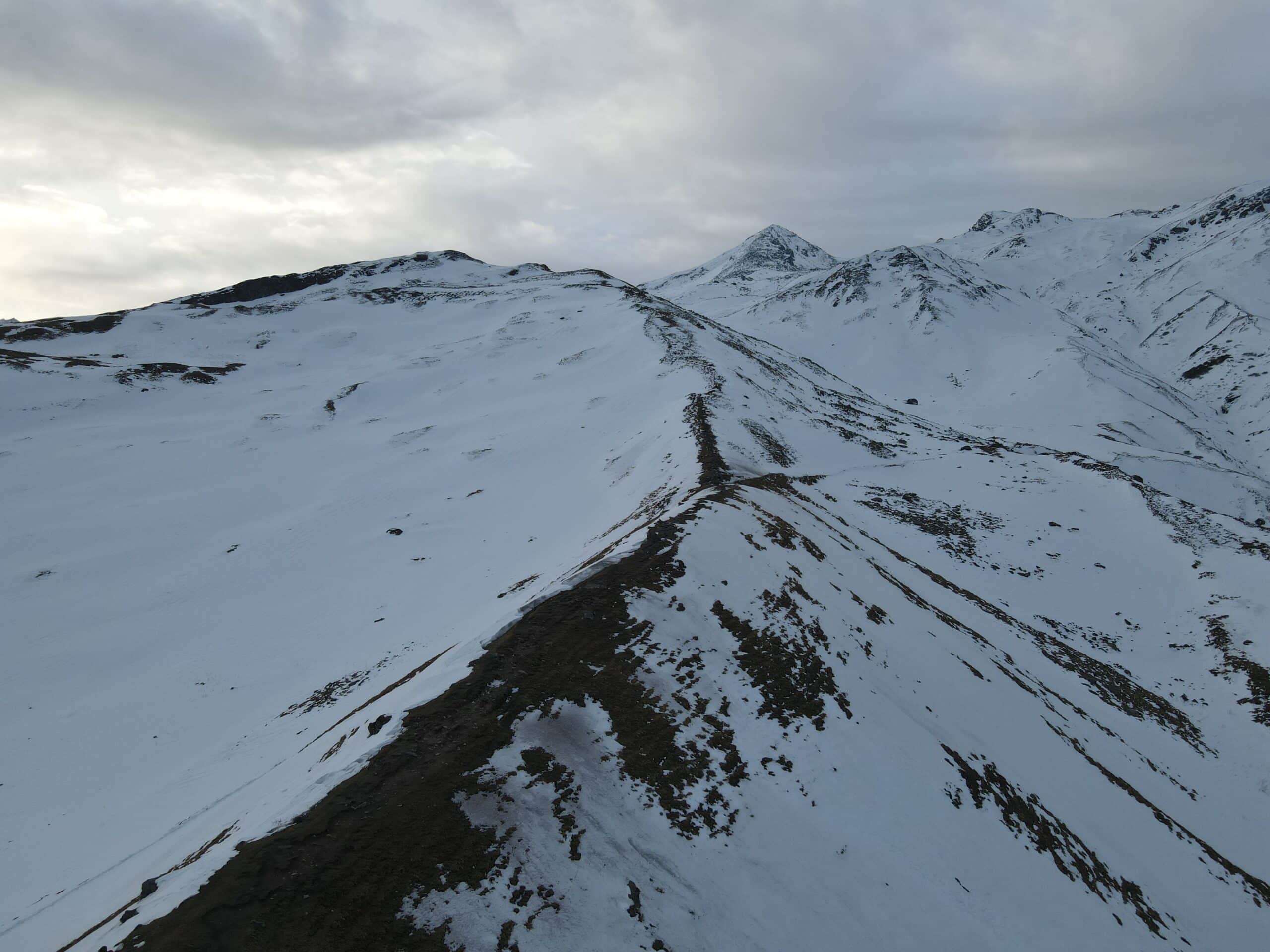Trekking at High Altitude - Health Challenges You Must Know
Indian’s Himalayan region is witnessing an increasing surge of trekkers every year, drawing people in from far and wide to trek familiar trails and explore new ones as soon as someone visits, quickly learning them as soon as they arrive and leading to new adventures of their own. Unfortunately, however, most trekkers make mistakes that have serious repercussions, due to which many trekkers suffer in a high-altitude trek. This article highlights common errors to help ensure safe mountain journeys every time.
1) Acute Mountain Sickness (AMS)
Altitude risks should never be dismissed lightly. Unfortunately, we often fail to appreciate their significance; therefore, we may remain unaware of this unknown threat and struggle with what defines a high-altitude environment. As a result, many trekkers suffer Acute Mountain Sickness (AMS), which can hinder treks significantly before becoming severe conditions like High Altitude Pulmonary Edema (HAPE) or Cerebral Edema (HACE). Acute Mountain Sickness (AMS) is a condition in which your body struggles to adapt to decreased oxygen levels at high altitudes, usually over 2,500 meters or 8,000 feet. While it can occur even among experienced trekkers, its consequences could become more dangerous without prompt identification and treatment.

Causes of AMS
If you trek suddenly go from a lower altitude to height this surging ascent is likely to result in altitude sickness. Lower Oxygen Levels The air at higher elevations tends to be thinner, making it harder to absorb oxygen.
AMS symptoms typically include headache, which often serves as the initial indication. Nausea or vomiting and dizziness or light-headedness. Sleep issues such as insomnia and fatigue, appetite loss, and sleeping disturbances, as well as shortness of breath when in a sitting position, are among the many potential problems to consider when trying to fall asleep or remain awake during the day.
How to prevent AMS
Climb Slowly
Climb at an average daily pace not exceeding 300-500m (1,600 feet). Once reaching 2,500 meters, ascend slowly by climbing no faster than 300-500m per day until reaching your final elevation target. Plan Acclimatization Days. Make sure to include rest days in your trekking itinerary for optimal adaptation to changes. Your body needs time to adapt.
Stay hydrated
Be sure to drink plenty of water while avoiding alcohol and excess caffeine intake.
Medical Treatments
If you are susceptible to AMS, speak to your trek leader about preventive medicines like Acetazolamide (Diamox). Descend immediately the most effective remedy is to immediately descend from your current altitude to one lower than it. Relax before trying climbing again, and give your body time to recover. Ask your trek leader to apply oxygen therapy. Supplementing oxygen can provide effective relief of symptoms.
Preventing Altitude Sickness
People living at various elevations are susceptible to altitude sickness, with symptoms beginning at 1200m/3960ft and ascending as high as 3500m/11550ft. Some can adapt fast, while some take more time. Acclimatization depends on each individual and their current state of health, but generally takes 24 to 72 hours of bed rest before moving directly into high-altitude areas such as Leh, Lhasa, or Bogota to minimize altitude sickness risk. When trekking above 3000m/10000ft trekking it is advised not to climb more than 300m/1000ft each day, with one day off every third day to get used to altitude conditions more quickly. Acclimatization will take time.
2) Hypothermia & Frostbite
Occasional trekking during winter months poses danger to both your health and comfort, yet cold temperatures still pose an immediate threat to trekkers. No matter what time of year it is, certain places for trekking may experience low temperatures that increase the chance of experiencing misery and suffering from cold-related ailments; similarly, mountain regions usually feature temperatures in this range.
Hypothermia occurs when your body loses heat faster than it can generate it, leading to an intrabody temperature below 95°F (35°C). Prompt treatment of hypothermia is essential as it can be life-threatening; frostbite occurs when skin or tissues beneath are injured due to freezing temperatures; typically affected areas include fingers, toes, nose, and ears.

How to Avoid Frostbite and Hypothermia
To avoid frostbite and hypothermia, you should ensure your body has access to appropriate nutrition, is well-dressed, and well hydrated. An effective clothing plan consists of three layers: moisture wicking for your skin, protection from elements; and outer layers with moisture-wicking properties and thermal regulation features that keep body temperatures moderate – opt for loose clothing that allows mobility rather than tightly fitted items that restrict it; choose woollen or synthetic fabrics instead of cotton since cotton retains moisture over time, rendering it unsuitable for winter activities.
At risk are body parts such as eyes, noses, cheeks, fingers, and toes, which could become frostbitten from exposure to freezing temperatures as well as icy winds. To protect yourself, wear fleece-lined gloves as the base layer under windproof, waterproof gloves. Neck gaiters may help guard the neck area, nose, and cheeks; alternatively, you could cover your ears by wearing an earbud or splint. Finally, for foot protection, it is important to wear comfortable insulated shoes with synthetic or wool socks that can wick away moisture before returning home from trekking trips – something many trekkers forget until it comes time. Washing, drying, and then changing to dry socks can help prevent frostbite. As temperatures get colder, your body needs extra energy to remain comfortable. Therefore, you must provide it with nutritious meals and beverages, even though cold temperatures may reduce appetite. Carry energy-boosting food items that you can snack on throughout the day, as well as water bottles, so you can stay hydrated throughout your journey.
3) Improper trekking clothes
Many trekkers, particularly beginners, unknowingly wear clothing that can turn an enjoyable trek into an unpleasant or even dangerous journey. Proper clothing should provide comfort as well as safety measures like temperature regulation and protection from health concerns. Cotton absorbs sweat and retains moisture, leaving clothes damp and heavy when temperatures fall to lower temperatures. When exposed to cold or windy conditions, wet cotton garments can rapidly chill the body, increasing the risk of hypothermia. Trekkers sometimes wear too many layers at first or too few, thinking they will “warm up later.” Overdressing can lead to excessive sweating, dehydration, and discomfort on an expedition. Underdressing increases your chance of cold exposure and energy loss. Utilise a layering system – Base Layer (wicks moisture away) and mid layers, Middle Layer (insulates heat).
4) Footwear and Socks
The Mistake- Wearing running shoes or new boots without sufficient testing before use, as well as cotton socks, are among the mistakes often committed when trying to protect against wind/rain. Risks: Blisters, sprains, or foot injuries from poor grip or inadequate ankle support could occur as a result. Cold and wet feet from socks that retain moisture. Securing rugged trekking boots suitable for the terrain. Wool or synthetic socks that provide cushioned support are perfect for keeping feet comfortable on sunny days, without overheating. Ignoring Weather-Ready Layers is a common mistake – Not having waterproof jacket or windproof layers on hand on sunny days. Mountain weather changes quickly, leading to sudden storms of rain or wind that can quickly soak you and leave you uncomfortable or exposed. Always bring along a lightweight, waterproof, and windproof outer shell even when the forecast looks clear.
5) Essential medications
Trekkers who venture into remote mountains have often become trapped, only to realize later they left essential medications back at their starting point. On their journey, one woman seeks help from their guide in procuring feminine products for another since they had not expected menstruation to start while on their trek. So, always when you go on a trek, come prepared; everyone should carry their basic medications.

Prevention
If you plan to travel in remote regions, be mindful that prescribed medications, particularly certain brands, may not be readily available beyond your hometown. Mountain communities often lack pharmacies with an assortment of medicines available when needed – to make sure you never run out, make sure you bring the essential medicines with you from home, as well as an extra day’s supply in case there are unexpected delays. In addition, every traveller should carry an emergency first aid kit.
Traveling can be stressful for women who menstruate regularly, and it is wise to bring essential feminine hygiene products along in case their period occurs during their trip; even if this does not happen, having these supplies on hand could prove useful as a nice gesture should someone in need require assistance during their travels.
6) Cramps and Fatigue
Trekkers often complain of muscle cramps and fatigue that prevent them from continuing their adventure, often because of inadequate water consumption or the loss of minerals through sweat. One potential explanation could be inadequate water intake combined with increased sweat loss from overexertion during trekking.

Prevention
Avoid dehydration, ensure the number of fluids leaving your body does not surpass what is being consumed. When trekking, factors like location or intensity of trek may lead to losing more fluid through urination, breathing, and sweating than you are replacing through drinking. When in cold or elevated regions, dry air sags more moisture when we breathe or sweat, which increases fluid losses further; when combined, they can lead to dehydration quickly. Furthermore, more sweat produced and vomited during trekking increases loss of essential fluids and minerals which ultimately leads to dehydration and can eventually result in dehydration if left unchecked resulting in dehydration becoming an issue resulting in dehydration becoming an issue.
As trekking temperatures drop, hydration systems provide a great alternative to regular water bottles for maintaining optimal hydration levels on an outing. Although hydration systems might not perform as effectively during colder weather conditions, they still make for great portable options when out in nature. Staying hydrated on any trek requires keeping an adequate water supply – generally speaking, healthy individuals require half a liter per hour of moderate trekking activity. Simply adding salts to your drinking water or enjoying healthy snacks and drinks can help replenish lost water and minerals from your body, relieving fatigue and muscle fatigue while aiding acclimatization. Urine colour can also serve as an indicator of your level of hydration – pale-coloured urine indicates good hydration, while darker-coloured urine could indicate dehydration.
7) Carrying Unnecessary Weight - Overloaded Backpack
Trekkers who experience difficulties with their backpacks due to excess weight may have experienced improper packing practices or an insufficient backpack designed for the journey. At times, travellers find they have only used a fraction of what was in their packs upon reaching their destination.
Consider packing lighter for your two-week journey for an easier experience. Limit clothing items to what is necessary, and bring an extra shirt and a lower layer. Focus on carrying only essentials so you can easily layer up with changing weather conditions, such as sleeping bags. A 50-liter backpack should provide plenty of storage space to store all essentials, including sleeping bags; lightweight options allow for greater ease when experiencing a journey.
8) Storing Toiletries in a Bag
Beginner trekkers tend to bring along many items for use on their journey, including wet wipes, full-size makeup sets, large Shampoo/Conditioner bottles, an extensive shaving kit, as well as a toothpaste tube, often for urban reasons and not knowing that any will ever be useful while trekking.

Prevention
Avoid this from happening by only packing essential bathroom items when trekking; that includes lesser amounts of soap, toothpaste, sunscreen, toothbrushes, toilet roll, and toilet paper – other items add unnecessary weight and should be left at home. Please avoid taking wet wipes since they are non-green and quite heavy! The non-essentials will increase weight while taking up space for the essentials that you must bring along with you.
9) Sunscreen and Sunglasses
One mistake often committed by trekkers is not applying sunscreen and wearing sunglasses, even during sunny conditions. Many individuals make the mistaken belief that people with darker skin tone do not require SPF protection; however, this misconception could result in uncomfortable sunburns or skin problems for darker-skinned individuals. Furthermore, not wearing glasses in cold or snowy situations could result in temporary snow blindness, resulting in vision impairment and vision impairment for them as well.

Prevention
Preventing skin cancer is key in protecting yourself against it, and direct sunlight exposure can cause burns and irritation that is painful. Safeguard yourself, apply sunscreen liberally over any exposed areas before you notice that it has vanished.
Trekkers must protect their eyes to prevent snow blindness, which can cause serious eye damage and irritation from exposure to UV rays reflected off snow surfaces. As higher altitudes mean stronger UV rays from sunlight, it is necessary for trekkers to wear top-quality shades with dark-coloured tinting that fully cover and shield their eyes when trekking in mountainous regions during daylight hours.
About Author

Anoop Rawat (Admin TrekUp India)
Anoop has worked for 5 years as a Trek Leader with TrekUpIndia, leading numerous treks across the diverse and challenging terrains of Uttarakhand and Himachal Pradesh. He holds a degree in Geology with a specialization in Geographic Information Systems (GIS) from UPES Dehradun. During his academic years, he actively applied his classroom knowledge in the field—most notably by contributing to a glacier research project on the Jundar Glacier in the Har Ki Dun Valley, Uttarakhand. Write Anoop at anoop@trekupindia.com
Share this article
Dates For Upcoming Treks
Want To Trek Like Pro?
Basically, watch these videos if you want to trek the same way professional trekkers do and make your skills better. These videos contain useful tips and techniques to further improve your trekking skills itself. These videos actually help both new and experienced trekkers improve their trekking skills. These videos definitely provide useful tips that make your trek better. We are seeing that these videos by Trekup India experts will only help you make your trekking skills better.
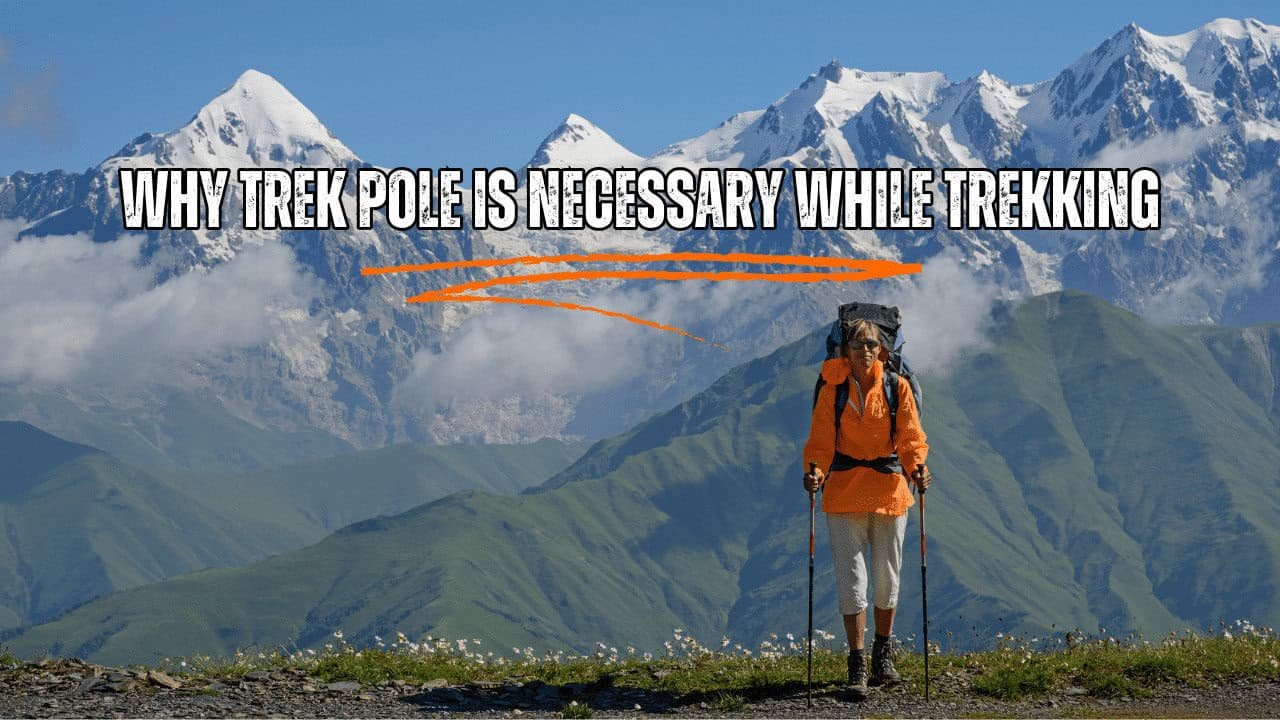

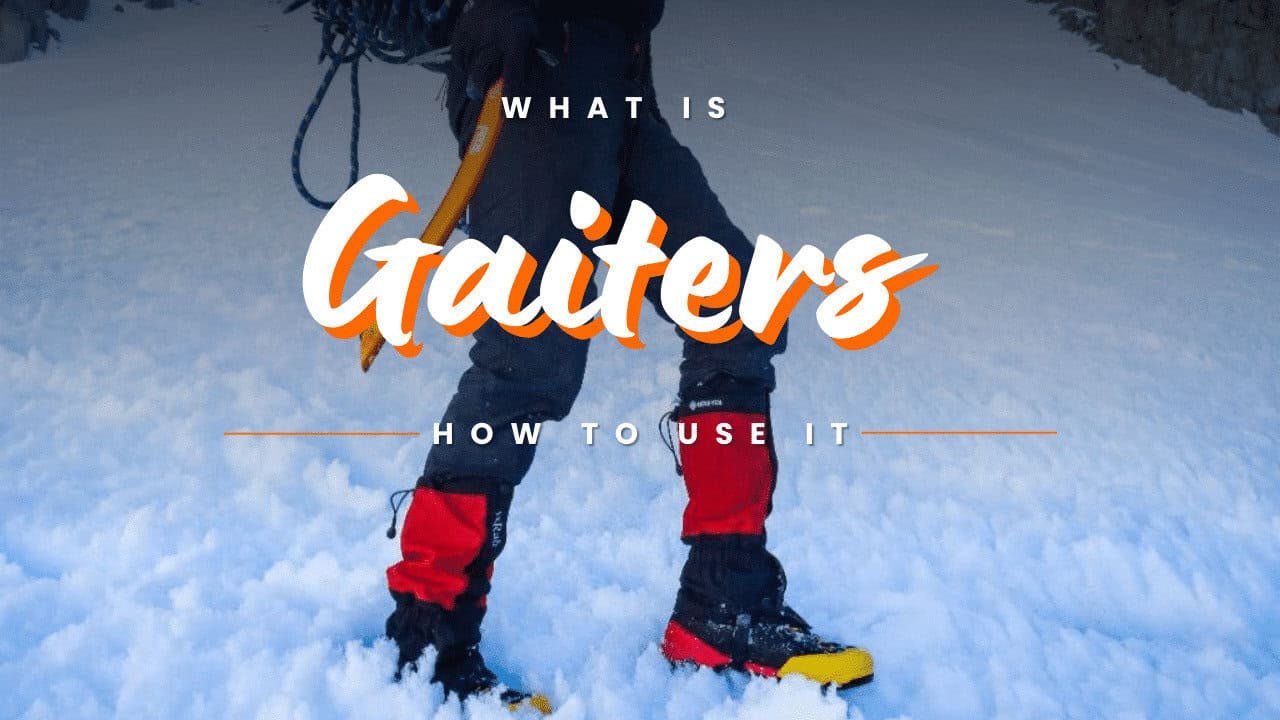




Know Everything About Acute Mountain Sickness
Acute Mountain Sickness occurs when people trek to high altitudes above 8,000 feet. This condition itself develops further due to reduced oxygen levels at such heights. Basically, as you go higher up, the air pressure and oxygen levels decrease, which causes the same problem. Acute Mountain Sickness surely causes headache, nausea, vomiting, and dizziness in affected persons. Moreover, peoples also experience difficulty in sleeping during this condition. To avoid mountain sickness, you should actually trek up slowly to higher altitudes. To learn further about this condition itself, watch the videos by Trekup India.
